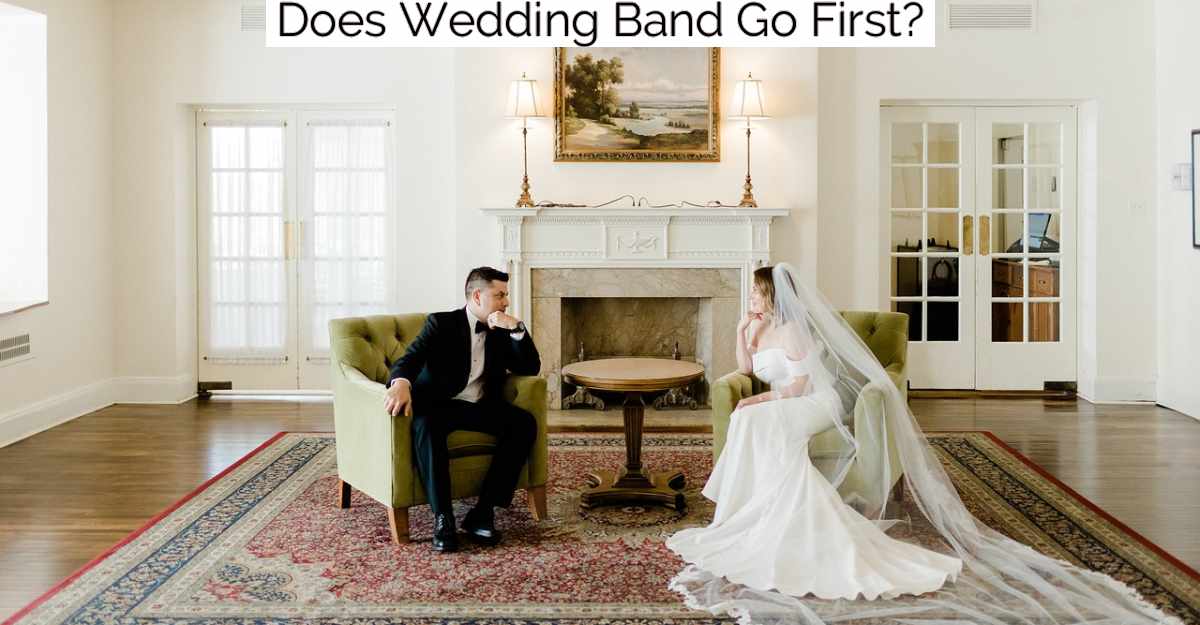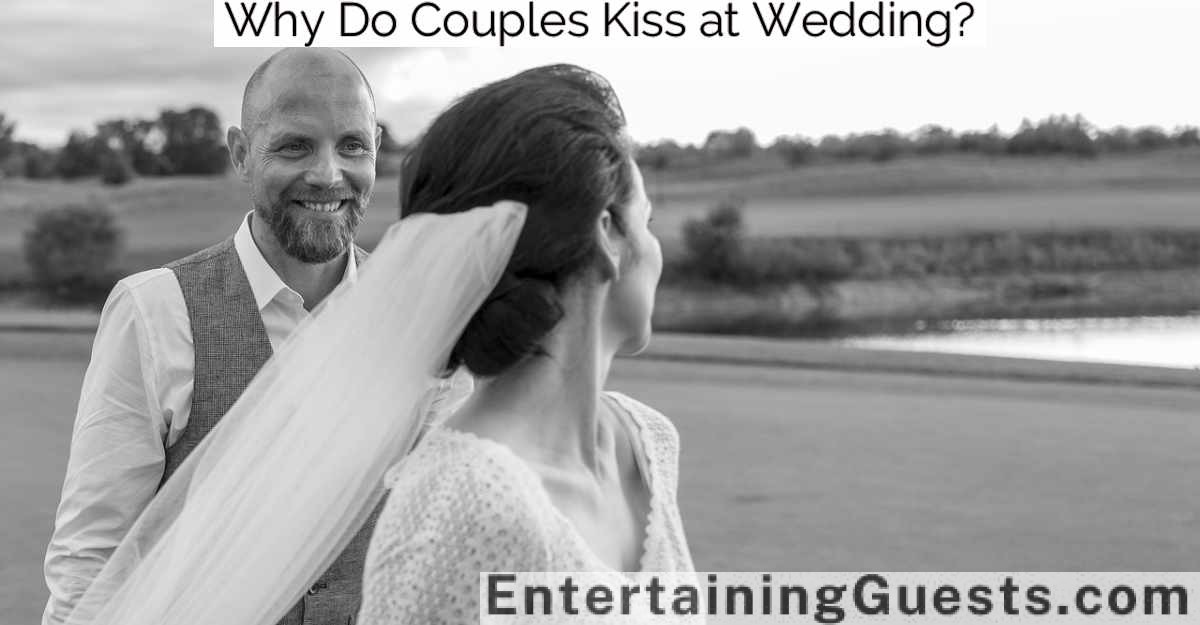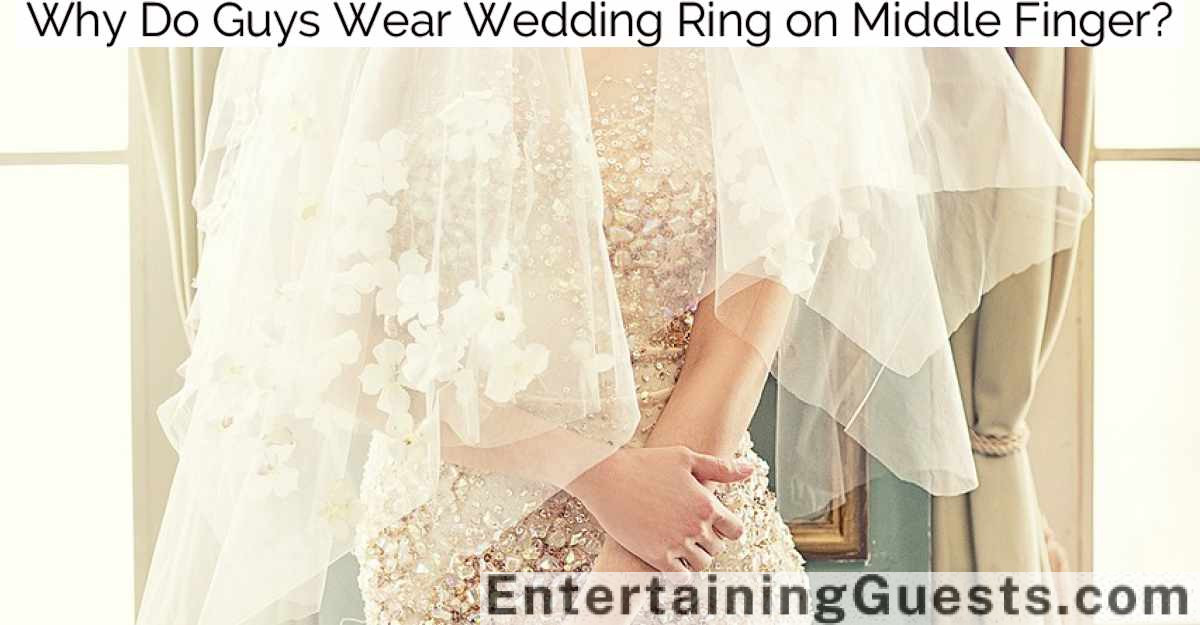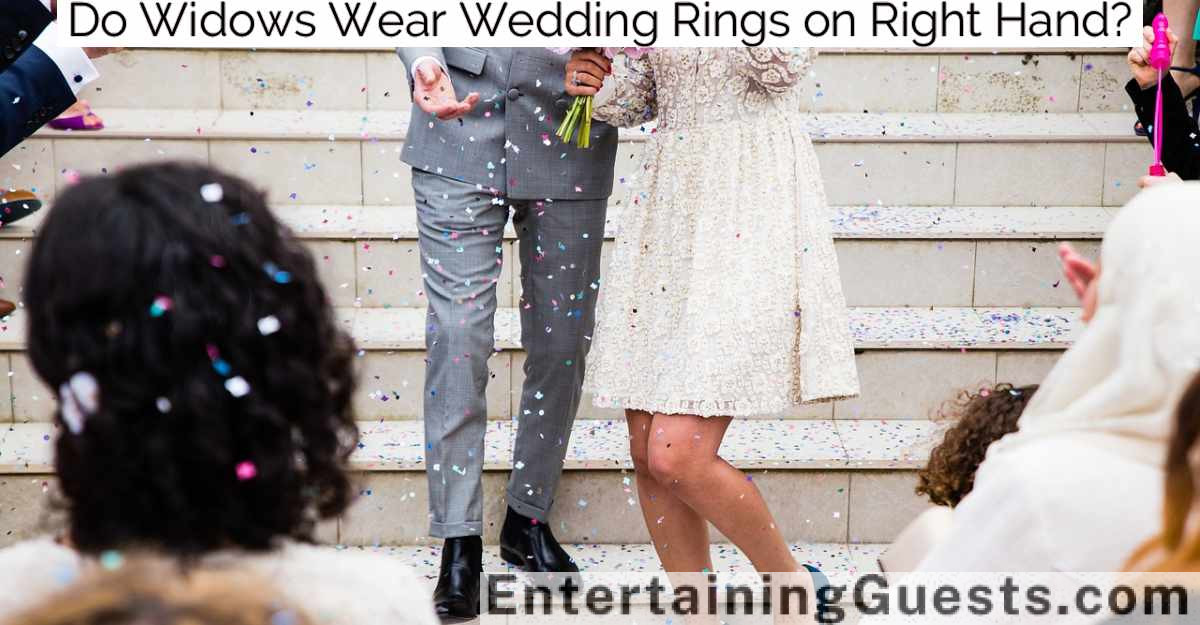Yes, traditionally the wedding band does go first on the left ring finger, representing a profound connection to the heart through the "vena amoris." This practice originates from ancient beliefs about the ring’s direct link to the soul, underscoring the eternity and sanctity of marriage. Cultures worldwide honor this tradition, though many adapt it to align with local customs and beliefs, with some even switching the ring between hands after the wedding vows. Exploring these nuances showcases the global appreciation for wedding bands as lasting symbols of love and commitment, revealing a rich tapestry of marital customs across different societies.
Historical Significance of Ring Order
Throughout history, the order in which wedding bands are worn has held profound significance, reflecting cultural beliefs and societal norms. Traditionally, the sequence of rings on the left ring finger isn’t just a matter of personal preference but a deliberate choice steeped in symbolism and meaning.
In many societies, the wedding band is placed first on the finger during the marriage ceremony, symbolizing its direct connection to the heart. This placement is often based on the ancient belief that a vein, the "vena amoris," runs directly from the left ring finger to the heart, thereby connecting the band—and the union it represents—with the couple’s love and commitment. The engagement ring follows, serving as a protective emblem over the wedding band, sealing the commitment.
This order is also practical: wearing the wedding band closest to the heart ensures it’s less likely to come off, as it’s shielded by the more prominent engagement ring. It’s a thoughtful arrangement that not only secures the symbol of the marital bond but also showcases the engagement ring, often more elaborate, to the world.
Cultural Variations in Ring Placement
Cultural practices shape the way wedding bands are worn, varying significantly across different regions and religions. In many Western countries, the tradition holds that the wedding band sits on the left hand, below the engagement ring, symbolizing its closeness to the heart. Conversely, in some Eastern European nations like Russia, Ukraine, and Poland, it’s customary for the wedding band to adorn the right hand.
Moving to Asia, variations abound. In India, the practice isn’t uniform; while some wear the ring on the left, others opt for the right, often influenced by local customs and religious beliefs. Hindus, for instance, might choose the right hand as it’s considered more auspicious.
In South American cultures, particularly in Brazil, couples often start with the band on the right hand and switch it to the left after the wedding vows. This shift underscores the transition from engagement to marriage.
These practices aren’t just random choices; they are deeply embedded in the cultural fabric and religious doctrines of each region. They offer a fascinating glimpse into how diverse societies honor their unions, each adding its own unique flavor to the symbol of marital commitment.
Symbolism Behind the Wedding Band
The wedding band is a powerful symbol of unity and eternal commitment, representing the unending bond between two individuals. Its simple, often unadorned design, reflects humility and the pure essence of love, stripping away all but the most fundamental values of a partnership. Tracing back through history, these rings have been worn to signify marital status and affection, evolving in material and design yet retaining their symbolic significance.
Unity and Eternal Commitment
Wedding bands symbolize the unity and eternal commitment shared between partners, serving as a circular emblem of love without end. These rings are exchanged during the solemn vows of matrimony, reinforcing the unbreakable bond that marriage promises. As they slip the bands onto each other’s fingers, couples not only vow to stay together through the highs and lows but also encapsulate their perpetual love and fidelity in these small, yet profoundly symbolic objects.
The circle, with no beginning or end, perfectly represents how love in a marriage should continually flow and return, enriching each partner. It reminds them that their relationship is not just for the present but stretches infinitely into the future. Furthermore, the act of wearing the wedding band daily serves as a constant, tangible reminder of the couple’s commitment and dedication to each other. It’s a pledge that they carry on their bodies, close to their hearts, underscoring the sacredness of their union.
Each time they glance at their hands, or feel the weight of the bands, they’re reminded of the promise they’ve made: to face life together, cherish each other’s uniqueness, and forge a shared path forward, no matter the challenges they encounter.
Simplicity and Humility Symbol
Reflecting simplicity and humility, wedding bands often boast a minimalistic design that carries deep symbolic value. Traditionally, these rings aren’t adorned with large gemstones or intricate embellishments. Instead, they feature a plain, unbroken circle that represents the modesty and unpretentious nature of deep, abiding love. This simplicity reminds the couple that their commitment isn’t measured by the lavishness of their jewelry, but by the strength and purity of their bond.
The choice of metals also plays a significant role in symbolizing humility. Gold, silver, and platinum are most commonly used, not only for their durability but also for their ability to stand the test of time without losing their inherent value. This choice echoes the idea that true love remains steadfast, irrespective of external conditions.
Moreover, the continuous loop of a wedding band symbolizes an unending journey shared between two souls, highlighting that the path they walk together is more important than material possessions. Couples choose these simple bands as a testament to their commitment to living genuinely and focusing on what truly matters—each other.
History of Wedding Bands
Tracing back through centuries, wedding bands have carried profound symbolism across various cultures and civilizations. Originally, these bands weren’t just simple ornaments but signified ownership and loyalty. In ancient Egypt, the circle of a wedding band was seen as a powerful symbol, representing eternity with no beginning or end. It was believed that the vein in the fourth finger of the left hand ran directly to the heart, reinforcing the band’s significance as a marker of eternal love and devotion.
As time progressed, the Romans adopted the tradition but with a slight twist. They believed the ring signified a contract between the couple, indicating that the woman had been entrusted with her husband’s valuable possessions. By the Middle Ages, the wedding band had evolved further, now embodying a public pledge of fidelity and love between the spouses.
Today, while the symbolism of the wedding band has become more aligned with notions of equal partnership and mutual respect, its essence remains unchanged. It’s still a circle that symbolizes unending love and the perpetual bond that marriage creates. This tiny band, slipped onto the finger, continues to hold a weight far beyond its physical presence, echoing vows of eternal commitment and togetherness.
Current Trends in Wedding Jewelry
As couples embrace modernity in their wedding plans, mixing metals in bands has become a stylish choice, offering a fresh twist on traditional looks. Meanwhile, vintage rings are gaining traction, admired for their unique charm and connection to history. Additionally, there’s a growing preference for sustainable jewelry, reflecting a broader commitment to environmental responsibility in wedding planning.
Mixing Metals: Modern Approach
In recent years, the trend of mixing metals has revolutionized wedding jewelry, offering couples a stylish way to personalize their symbolic pieces. This modern approach embraces the unconventional, allowing brides and grooms to blend different metals in their engagement rings and wedding bands. It’s not just about aesthetics; it’s about expressing individuality and breaking free from traditional norms.
Designers are leading the charge, crafting pieces that combine yellow gold, white gold, and rose gold in intricate, harmonious designs. Platinum and palladium also make their appearances, often providing a striking contrast that enhances the ring’s visual appeal. This trend isn’t limited to multi-tone bands; it extends to settings that feature varied metals, ensuring that the jewelry isn’t just worn but is a reflection of the wearer’s personality and style.
The practical benefits are significant too. Mixing metals can often result in a more durable piece of jewelry, capable of withstanding everyday wear and tear better than traditional single-metal bands. Couples are taking note, opting for these innovative combinations that not only symbolize their union but also stand up to the rigors of daily life. Thus, this modern twist not only captures the essence of contemporary love but also caters to the demands of active lifestyles.
Vintage Rings’ Rising Popularity
Alongside the trend of mixing metals, the allure of vintage wedding rings has surged, capturing the hearts of modern couples who cherish the charm and history embedded in these timeless pieces. The rising popularity of vintage rings reflects a deeper connection to the past, where each ring tells a unique story of love and commitment from bygone eras. These pieces aren’t just beautiful; they’re laden with stories and craftsmanship that can’t be replicated by modern methods.
Couples are increasingly drawn to the distinctive features of vintage rings, such as intricate filigree work, milgrain detailing, and the use of old mine cut diamonds. These elements offer a touch of antiquity and uniqueness that modern rings often lack. The appeal extends beyond aesthetics; it’s about owning a piece of history that symbolizes enduring love.
Moreover, choosing a vintage ring allows couples to express their individuality. It’s a choice that stands out in a sea of contemporary designs and speaks to a personal sense of style and value. The trend shows no signs of waning, as more couples opt for rings that have a narrative, a testament to their love that is as enduring as the jewels themselves.
Sustainable Jewelry Choices
Couples today are increasingly making sustainable choices in their wedding jewelry, favoring eco-friendly and ethically sourced materials. As environmental concerns rise, the allure of diamonds and precious metals obtained through ethical mining practices becomes more prominent. Many jewelers now offer rings crafted from recycled gold and platinum, reducing the need for new mining activities that often disrupt ecosystems.
Furthermore, the popularity of lab-grown diamonds and gemstones is surging. These stones are not only identical to their natural counterparts in beauty and durability but also leave a much smaller carbon footprint. By opting for lab-grown alternatives, couples can enjoy the sparkle of a traditional diamond without contributing to the degradation of natural resources.
The drive towards sustainability doesn’t stop at materials. Artisans who adhere to fair trade practices are becoming a crucial part of the supply chain, ensuring that every hand involved in crafting these precious tokens is treated with fairness and dignity. This holistic approach to ethical jewelry not only enhances the value of the pieces but also resonates with couples looking to make responsible choices that align with their values, ensuring their big day has a positive impact on the world.
How to Decide Your Ring Order
Deciding the order in which to wear your wedding band and engagement ring can feel as personalized and significant as the rings themselves. Traditionally, in many Western cultures, the wedding band is worn closest to the heart, meaning it’s placed on the finger first, followed by the engagement ring. However, personal preference and cultural traditions might dictate a different approach.
Couples often consider practical aspects, such as the design and fit of the rings. If the engagement ring features a large stone, it may sit more comfortably or appear more aesthetically pleasing if worn on top of a thinner, simpler band. Conversely, intricate bands might stand out better when placed on the outside.
Another factor is the symbolism behind the arrangement. Some believe that wearing the wedding band on the inside keeps it closer to the heart, thus deeper in emotional significance. Others might prioritize showcasing their engagement ring as it often represents the initial commitment.
Ultimately, the decision rests with the individual or the couple. They might experiment with different arrangements to see what feels right, considering both comfort and the symbolism they wish to convey through their choice of ring placement.
Tips for Wearing Your Rings
To ensure your rings stay in pristine condition, it’s crucial to consider how often and under what circumstances you wear them. Daily activities can expose your rings to potential damage. For instance, it’s wise to remove them before engaging in sports, gardening, or any tasks involving harsh chemicals or abrasive materials. Maintaining the luster and integrity of your rings isn’t just about when to take them off; it’s also about how you store them. Ideally, they should rest in a lined jewelry box or a dedicated ring holder, where they won’t scratch or bump against other pieces.
For those who wear multiple rings, it’s essential to be mindful of how they interact. Wedding bands and engagement rings are often worn together, and ensuring they are compatible in terms of style and material can prevent unnecessary wear. For example, pairing a soft gold band with a harder platinum ring might cause the gold to wear down more quickly.
Frequently Asked Questions
Can I Wear My Wedding Band on a Different Finger?
She can wear her wedding band on a different finger if she prefers. It’s a personal choice that reflects her style and comfort, without adhering strictly to traditional placements.
What if I Only Want to Wear One Ring?
If one prefers wearing just one ring, they’re embracing simplicity and perhaps a modern aesthetic. It’s an elegant choice that streamlines their jewelry and focuses on the significance of that single piece.
How Do Active Lifestyles Affect Ring Wearing?
Active lifestyles often lead to concerns about damaging rings. Many opt for durable materials or adjust their jewelry during rigorous activities to prevent scratches and loss, ensuring their treasured symbols remain intact and secure.
Are There Hypoallergenic Options for Wedding Bands?
Yes, there are hypoallergenic options for wedding bands. Jewelers often recommend platinum, titanium, or palladium, as they’re less likely to cause allergic reactions compared to nickel-containing metals like certain gold alloys.
Is It Acceptable to Engrave the Wedding Band?
Yes, it’s perfectly acceptable to engrave wedding bands. Many couples choose to personalize their rings with meaningful dates, initials, or messages, adding a unique touch to this symbol of their commitment.
Conclusion
In conclusion, the order in which you wear your wedding band and engagement ring is steeped in history, yet adaptable to personal and cultural preferences. While tradition often places the wedding band first, symbolizing its closeness to the heart, modern trends embrace versatility. Ultimately, the choice of ring order should reflect your personal story and style. Remember, the arrangement can be as unique as your relationship, blending tradition with personal significance.




